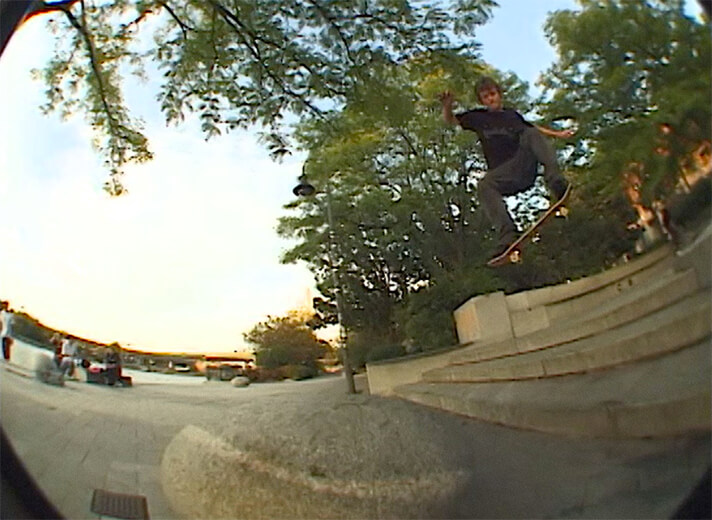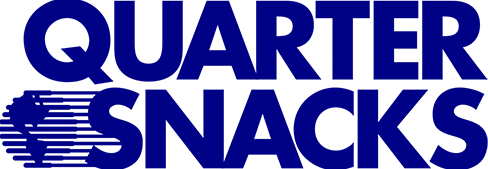
Words by Frozen in Carbonite
Filmed & Edited by Lee Madden
Last year, MIT scientist Andrew Sutherland helped solve an equation that had vexed the world’s premier mathemeticians for half a century: x³y³z³= k when k=42.
As this MIT news item states, “This sum of three cubes puzzle, first set in 1954 at the University of Cambridge and known as the Diophantine Equation x³y³z³=k, challenged mathematicians to find solutions for numbers 1-100. With smaller numbers, this type of equation is easier to solve: for example, 29 could be written as 3³+ 1³+ 1³, while 32 is unsolvable. All were eventually solved, or proved unsolvable, using various techniques and supercomputers, except for two numbers: 33 and 42.”
A mile or so up the Charles River, the elite ledge scientists of Boston use their own techniques to devise previously unimagined trick algorithms.
No supercomputers are necessary — only the imagination of Myles Underwood, Ben Tenner, and Sean Evans, the expertise of New England mainstays Brian Reid and Brian Delaney, and Eggs’ native geometry.
As seen in this edit, a preview of a more comprehensive Orchard shop vid, adding these three factors results in quantum-level ledge annihilation.
Cubes. Ovoids. Rectangular Prisms. The scientists utilize every cubic centimeter of granite in Nashua Street Park to formulate trick permutations impossible anywhere else. Kickflip[tailslide]/ tailside[kickflip]. Tricks onto/off/over the oviod eggs. Building on the work of their colleagues (J.P. Jadeed, PhD, et al.) at Chaffey High School two decades ago, they even delve into the realm of “farside” (did this term ever catch on?) tricks — the fourth dimension of ledge science. Because what is skateboarding, at its core, besides physics and geometry?
Previously: Brian Delaney’s “Twice Around” part






Pulitzer levels here, bruv.
33 + 13 + 13 should read as 3³+ 1³+ 1³
Wow, we are way under-qualified to write about math. Gonna hire a math editor as soon as these tees sell.